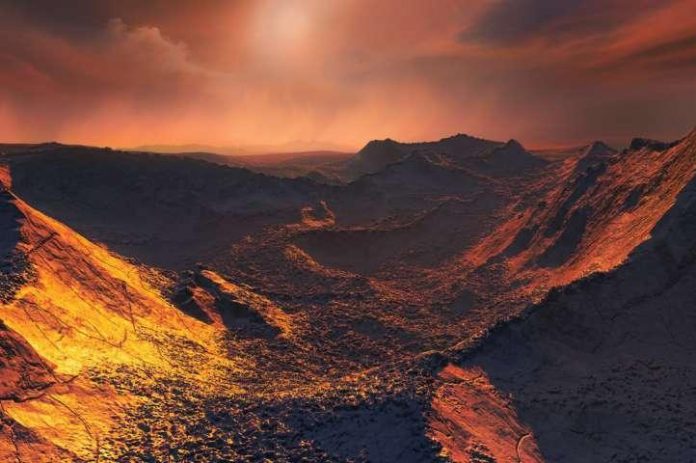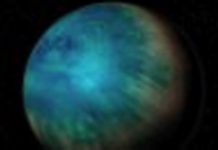Nov. 15 (UPI) — Scientists have found another nearby exoplanet. Astronomers found the so-called super Earth orbiting Barnard’s star, the fourth closest star to the sun. Only the Alpha Centauri triple system is closer.
The planet, Barnard’s star b, and its host star are located six light-years from Earth. The alien world is likely a rocky planet, boasting a mass 3.2 times that of Earth. Barnard’s star b completes an orbit around its sun every 233 days.
The super Earth lies outside the habitable zone, positioned too far from its sun to host liquid water. Any water found on the exoplanet would be frozen. Scientists estimate the planet features a surface temperature of negative 170 degrees Celsius, though it’s possible a substantial atmosphere allows for slightly milder — but still really cold — temperatures.
Astronomers described their discovery of Barnard’s star in a paper published Wednesday in the journal Nature.
“Barnard’s star is an infamous object among astronomers and exoplanet scientists, as it was one of the first stars where planets were initially claimed but later proven to be incorrect,” Guillem Anglada Escudé, an astrophysicist at Queen Mary University of London, said in a news release. “Hopefully we got it right this time.”
Scientists confirmed the exoplanet’s presence using the radial velocity method, measuring slightly stellar oscillations caused the super Earth’s gravitation pull. Astronomers found a consistent wobbling pattern in both archival data and newly collected spectral data.
“After a very careful analysis, we are over 99 percent confident that the planet is there, since this is the model that best fits our observations,” said Ignasi Ribas, astronomer at the Institute of Space Sciences in Spain. “However, we must remain cautious and collect more data to nail the case in the future.”
In the future, scientists hope to observe the exoplanet directly using new instruments and observatories, like NASA’s planned Wide Field Infra Red Survey Telescope. Direct observations could help scientists better characterize the exoplanet’s size, mass and composition, as well as reveal details about its atmosphere.






